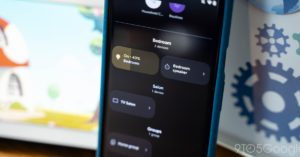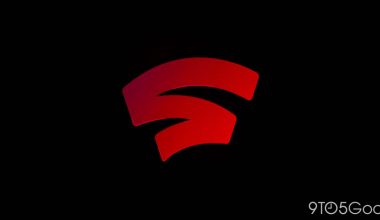My preference is a tablet. During more relaxed times of the day, I would use a large screen to quickly scan tweets, emails, news, and other torrents of information (breakfast, lunch, etc). I tried to make that fantasy a reality with the release of Android 12L and the upcoming release of upgrades and/or new devices. I was aware of Google’s history the entire time, but I wasn’t prepared for its first-party apps to let me down in such a big way.
Awful | Google Keep Although you might think that Keeps Multi-column view, which is a more engaging method to read many notes on phones than a list, automatically scales to larger screens, it actually becomes too much on tablets. You are given four columns that make it challenging to understand the reverse-chronological arrangement. In this instance, a straightforward two-column layout with a list on the left and note text next to it would have been much better than the analogy of index cards on a pinboard.
The actual note-taking view, though, is a hassle because it appears in the middle of the screen with the background grid still visible, similar to how it works on the web. It’s basically an unfocused sensation that makes a simple chore more difficult.
MORE, HOME, ANDAMP; GOOGLE VOICE There are still far too many first-party Google tablet experiences that are merely bloated phone apps. Even though the desktop website and iPad app have two columns, Google Voice is guilty of this. Simply put, there shouldn’t be any bloated mobile applications in 2022.
Google Home (and its excessively long two-item bottom bar), Contacts (primary view), Duo, Fit, and One are other apps that do this. In landscape position, it is challenging to read material that is stretched out.
Google Time Although most people don’t use their tablets as alarm clocks, I thought Google Clock’s design choices were a huge missed opportunity. Google often arranges tabs so that the application’s contents are on the left and the floating action button is on the right (FAB). This FAB simply takes up an abnormal amount of space, as can be observed in the Stopwatch, Timer, and Alarm tabs.
The Clock tab is especially stranger because the first of its three columns lists your current timezone. A list of various cities is in the center, and the FAB is once more last but for a lot of padding. The list was the most boring approach to display many cities.



These apps’ tablet versions are plain awful. They are visually appealing but are either excessively cluttered to the point of being useless (Keep) or just demand reading from the left end of the screen to the right (Voice). In both of those scenarios, I would choose to utilize my phone or, if available, an app in the letterbox format that Android 12L introduces for unoptimized apps . The app satisfies the condition of being at ease with adjacent touch targets in this way. I don’t think a stretch tablet app is any better than a phone client with everything operating as it should.
THE ESSENTIAL | CHROME The tablet version of Chrome is identical to the desktop version, and I’m generally okay with that. When you have many pages open, the tab strip can become cumbersome, and Google really ought to have included a grid view by now.
Google Drive, News, Podcasts, and App These programs thankfully list documents, folders, podcasts, and other content in two columns rather than one long list.
STORE PLAY Only the homescreen’s navigation rail edition features Google Plays tablet enhancements. This is obviously just the bottom bar; the main large screen optimization is the full display of all the top tabs beneath the search field. This is more like the Play Store website than a tablet-optimized experience, similar to how Photos feels. The listings are simply quite bloated in the meanwhile.

These apps are not exceptional in any way. As a minimum, two-column layouts should be used to make the most of the larger screen space. The programs on the aforementioned list, aside from Chrome, don’t seem to have any further tablet-specific optimizations.
THE BETTER | GMAIL One of Google’s hallmark applications is Gmail, which I believe has been upgraded recently, if not frequently and actively. In addition to Material You, the business last year put a whole chat client into it.
It has a simple two-column design with a list on the left and an email’s contents on the right. In a perfect world, Google shouldn’t get any points for this interface because it is so obvious, but the effort was certainly made.
A toolbar appears when you tap a sender’s avatar in the search field, and the top-right corner always has buttons for archiving, deleting, marking unread, and transferring to folder.
Nevertheless, there are some glitches. For instance, after archiving, the message list does not highlight the email you are currently viewing, and the aforementioned moving to folder button occasionally vanishes into the overflow menu.
BING MAPS Simply put, Google Maps is a useful program for exploring the real world. The homescreen has minimal user interface (UI), with simply a search bar on the left and a layer switcher on the top-right. However, the bottom portion is somewhat unattractive considering how much space it takes up. When you tap the field to search, a column of results and listings loads; when not needed, it slips away.
YouTube Photos Similar to Maps, Google Photos’ main view is influenced by the content. Instead of a bottom bar that blocks the route, there is a navigation rail to the left. If I had to pick one thing, I can’t help but feel as though I always use the tablet client instead of the desktop website. What matters is that the app bar doesn’t feel like it belongs on Android.
MUSIC ON YOUTUBE Because of its Now Playing screen, which is divided between controls and your up coming queue, YouTube Music is on the good list and is not basic. However, the player half’s lack of bottom padding is distressing.
Mercifully, different-sized shelf layouts are used to break up the monotony of the Home tab’s carousels of suggestions. The YTMusic team also makes hints about upcoming tablet improvements.
YOUTUBE The player screen is fairly decent, and it has a list of additional videos on the right that is also utilized to display the video description, similar to the Music version. The tiny player that docks while viewing the feeds tab is basically the same as the website. However, YouTube does not have the clunky desktop feel that Google Photos does.
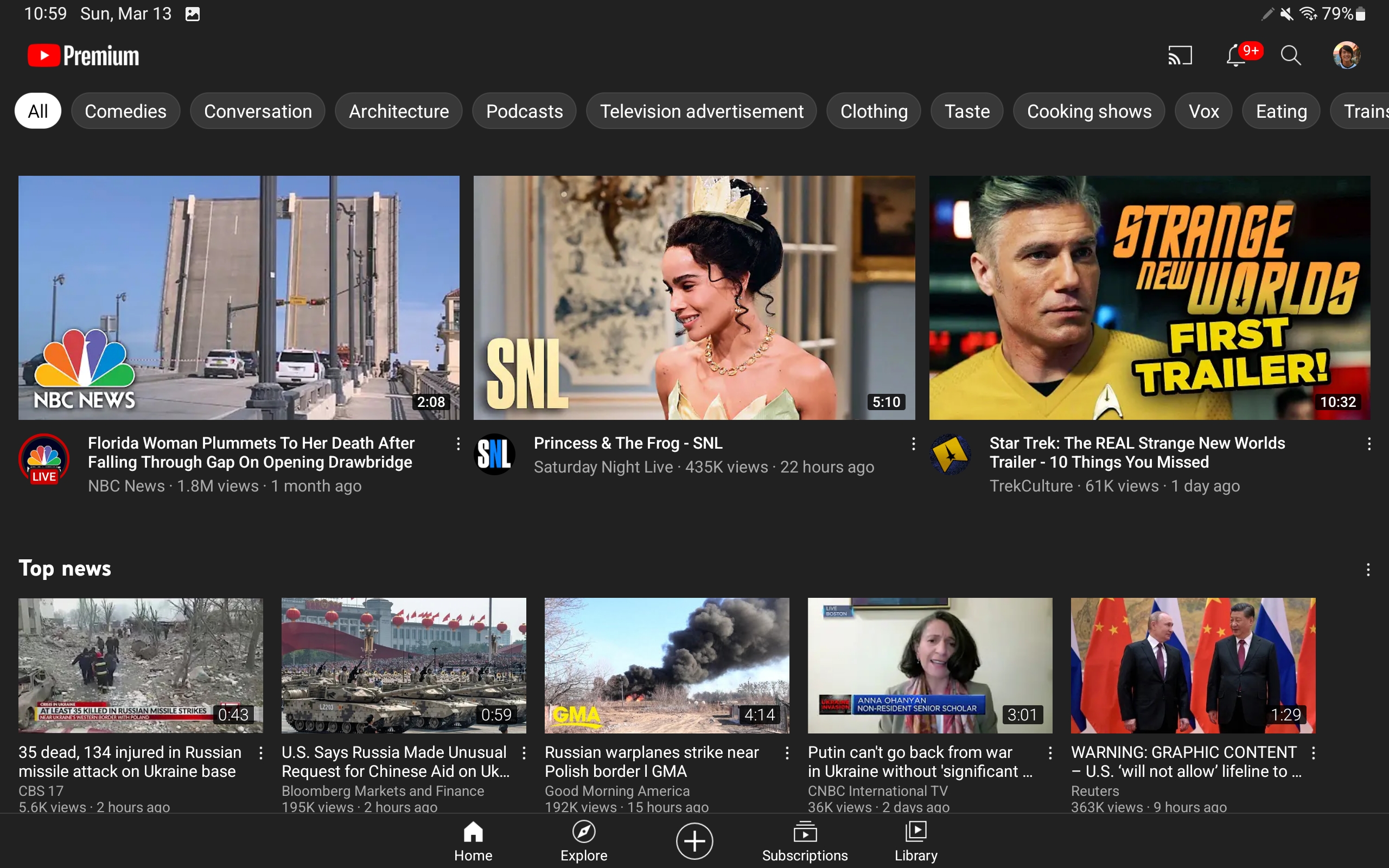
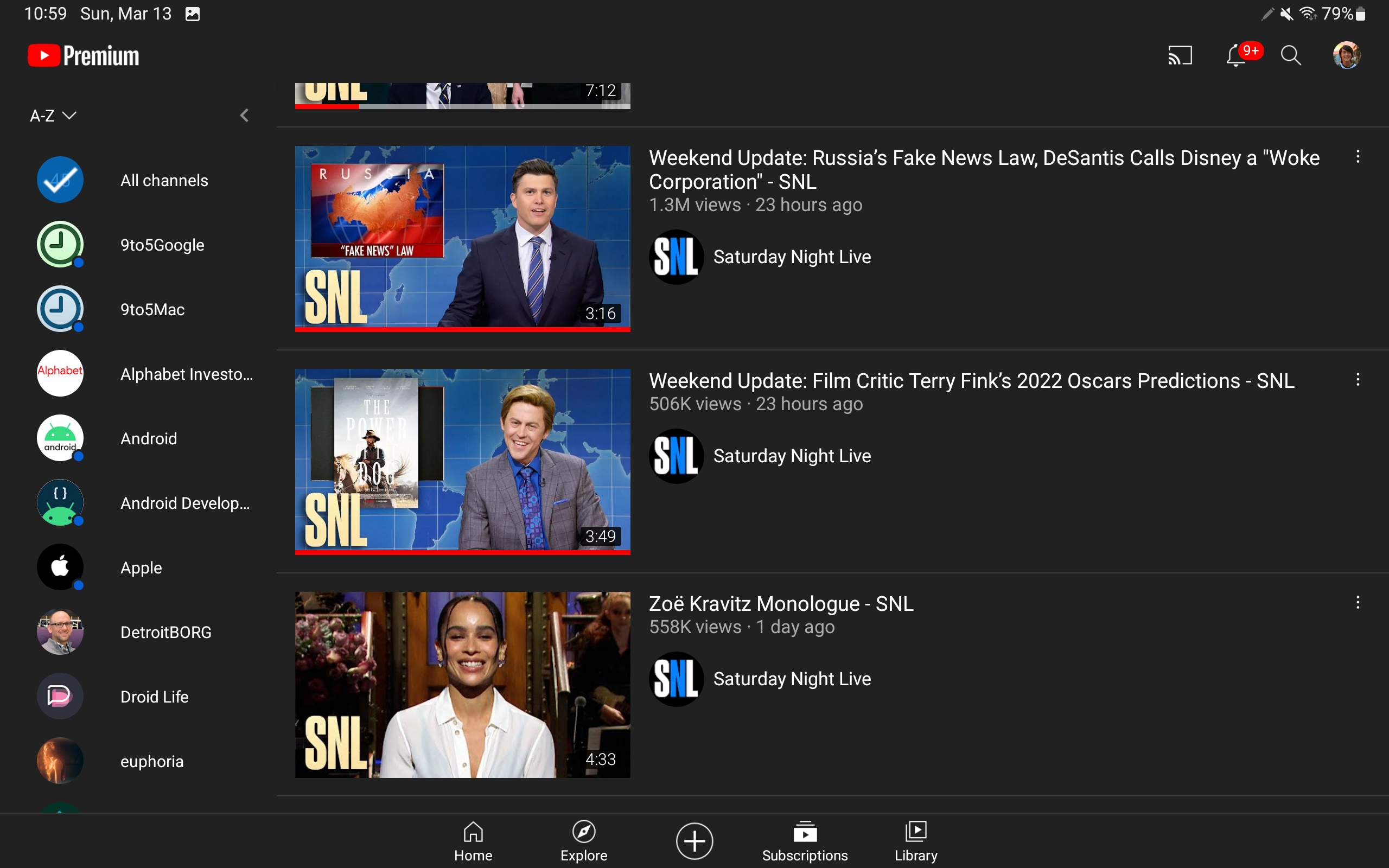

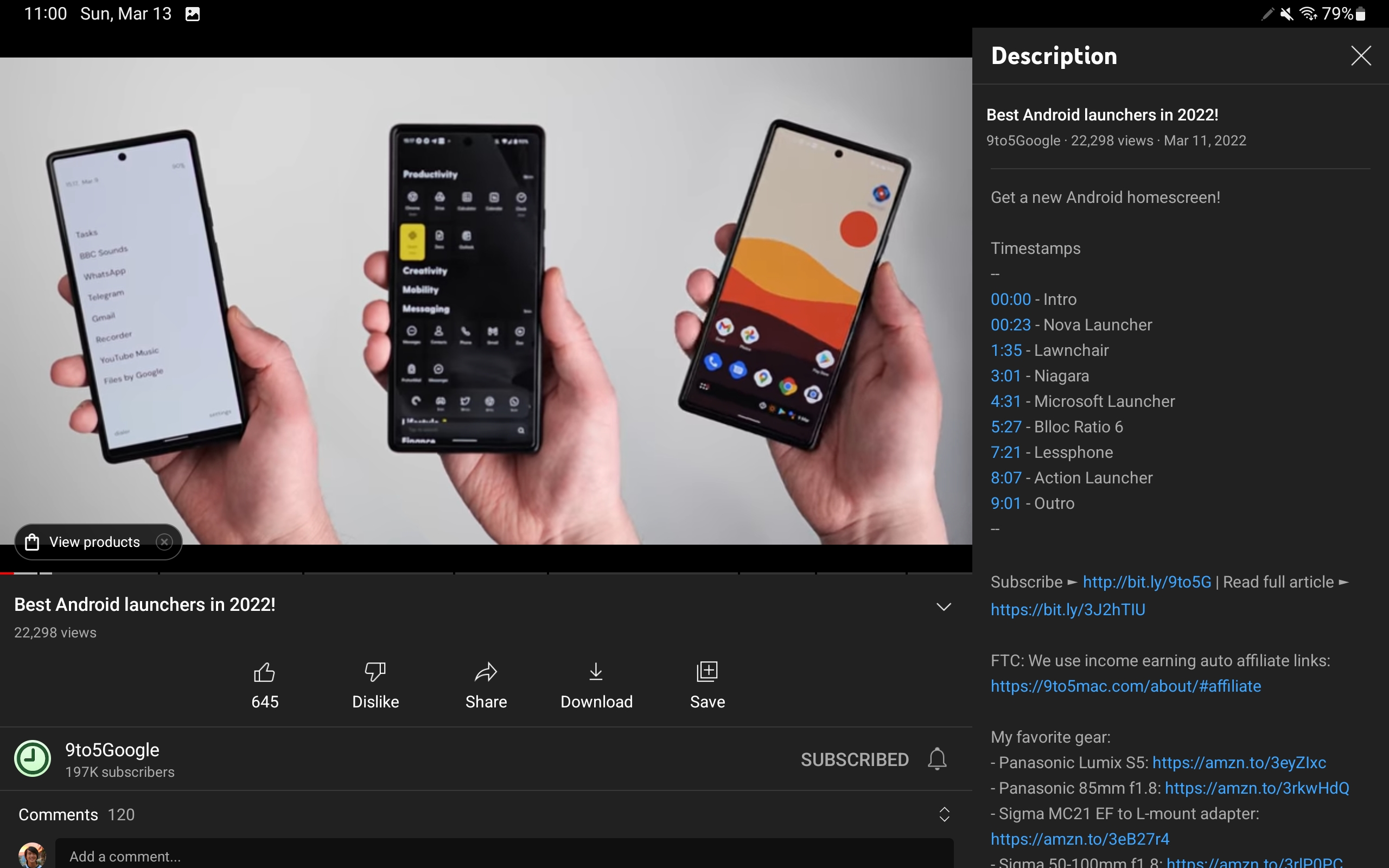
GOOGLE’S GREAT CALENDAR Calendar is my go-to Google app for Android devices. To begin with, the Month and Week views are given the room they require to display events quickly. Here, size does not matter.
The Day and Schedule view, on the other hand, steals the show. Here, you can see the entire month, which acts as a date switcher at the left, and there’s a list right next to it. Calendars’ now-iconic monthly graphics, which are exclusive to mobile, keep the background vibrant.
Even though there is evident reuse from the website, the Calendar team has significantly differentiated the tablet app, which is quite uncommon for Google.
WHAT COMES UP The creators of the terrible and basic apps would be wise to consider what huge touch surfaces allow for, in addition to the obvious idea of how to use the extra screen space. It cannot be be about providing additional details. This display needs to be executed with care and in a clever way that is enjoyable.
Google must require that third-party app developers use its first-party tablet apps as a model or at the very least a guide. The company’s extensive portfolio of applications span many different experience categories (feeds, browsing, tools, etc.), and well-executed versions of each would greatly encourage others to create their own.
Such a push is required for tablet experiences, much to how Google brought out Material You for its most popular apps rather quickly. This is essential for any first-party hardware or fresh push that asks for stylus-friendly tablet software. The first-party apps developed by Google are a solid indication of their commitment to tablets this time around. Google must walk before it can run.
FTC: We employ automatically earning affiliate connections. More.
Check out 9to5Google on YouTube for more news:



